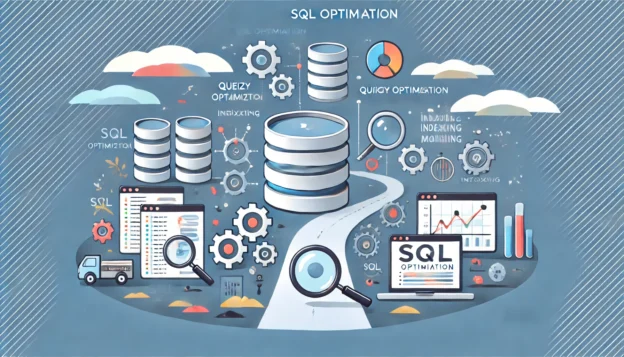Birthgap and the Illusion of Choice: Why Population Collapse and Behavioural Sink Are the Same Crisis Seen from Different Scales. This article argues that modern societies face a dual crisis that only appears contradictory: demographic decline alongside rising social and psychological overload. Drawing on demographic research, behavioural-sink theory, and the Birthgap thesis, it shows how delayed parenthood and declining fertility coexist with intensified competition, urban stress, and digital saturation. The core mechanism is reproductive and social desynchronisation, which produces biologically emptier societies that nevertheless feel increasingly crowded. Together, these dynamics reveal a structural failure of modern social organisation rather than a matter of individual choice. The illusion of choice is that there is a choice.
Continue reading


















